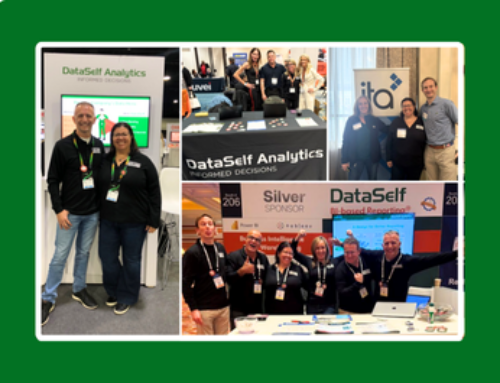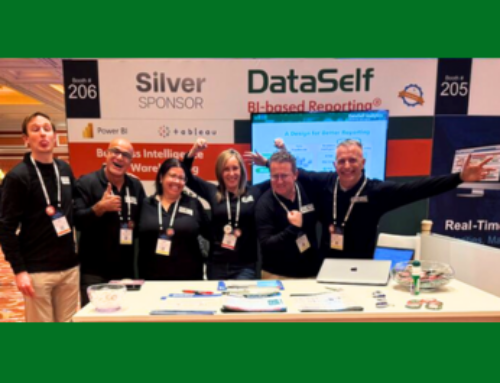Bellwether Magazine, Jan 2015 – You can tell when an organization has its eye on the ball. If you’re a customer, you feel that you’re known and appreciated. If you’re a supplier, you respect the businesslike ordering. If you’re an employee, you always have the data you need to meet customer needs intelligently.It all comes down to putting people first, and it’s just plain good business. Despite all our new technology, nothing has dampened our craving for attention. When we feel it, we’ll do anything to keep it.
Smart executives know this. They make sure they’ve got a business intelligence system that lets them keep their eye on a few critical ways that gives people that feeling.
 Knowing customers through the data.
Knowing customers through the data.
Every customer is an individual keenly aware of his or her own history and needs — and a business intelligence system worthy of the name lets decision makers at all levels see through the data to the customer.
“Customers don’t care about the other hundred or thousand different customers we may think about,” says the vice president of marketing at a Midwest-based online retailer who asked to be anonymous. “It’s as if each ustomer wants their needs anticipated as if they’re the only one alive.”
Sweating the small stuff.
Customers need to have confidence in your operation, especially if their only contact is with a website and phone calls. They want to know that your organization operates efficiently and can respond to their needs
It’s good to put people first, but which people?
Let’s be frank. When you’re in a crunch, you make tough choices. You may not have time to put all your customers first. A user-centric system provides the clarity you need at times like that.
Freeing employees to do the highest-value work.
There’s no worse drudgery than coaxing technology and data to do what it’s meant to do. Well designed, user-centric data systems free everyone to do the highest value work they can do. That sends ROI soaring. Managers analyze data easily, and IT escapes report-configuration to do real IT work.
Giving knowledge employees smart tools. When data’s easy to analyze, answers come faster — followed by more questions that might never have been asked otherwise. They can modify reports without waiting for IT. When they’re not even sure what question to ask, they can perform free-wheeling data discovery to home in on value.
It comes down to one thing: user-centric design of software.
The company that provides smart, user-centric tools tells people that it cares. Knowing that, how can people fail to work harder and smarter?
Employees find the user-centric business intelligence system so intuitive that they jump in with most functions right away, with no help from experts. They create and modify reports, dashboards, and KPIs from scratch or modify them simply and quickly.
Customers feel the difference. Suppliers enjoy the smooth, intelligent ordering that makes their job so much easier. There’s simply something in the air when people feel taken care of.
A user-centric data analytics system also puts executives first. It sends labor cost plunging, usually 80% or more, and ROI soaring. The system deploys in hours instead of weeks or months, and connects automatically to a wide variety of ERP and CRM systems. It frees IT people to do high-value work. Across the organization, people feel competent, confident, and productive.
“I don’t know how we ever operated without our business intelligence system,” says a call-center executive at a mid-sized manufacturer in Florida. “With DataSelf Analytics, I can hear a smile in every voice.”
……………………..
About the author:
Joni Girardi is the founder and CEO of DataSelf Corporation, an innovative leader in business intelligence and analytics solutions for SMBs. DataSelf solutions simplify and amplify Tableau and Microsoft BI technologies with 5000+ out-of-the-box reports, dashboards, and KPIs, plus an ultralight data warehouse for plugging into different systems. Learn more at www.blytheco.com/dataself/ and connect with Joni on Linkedin.



